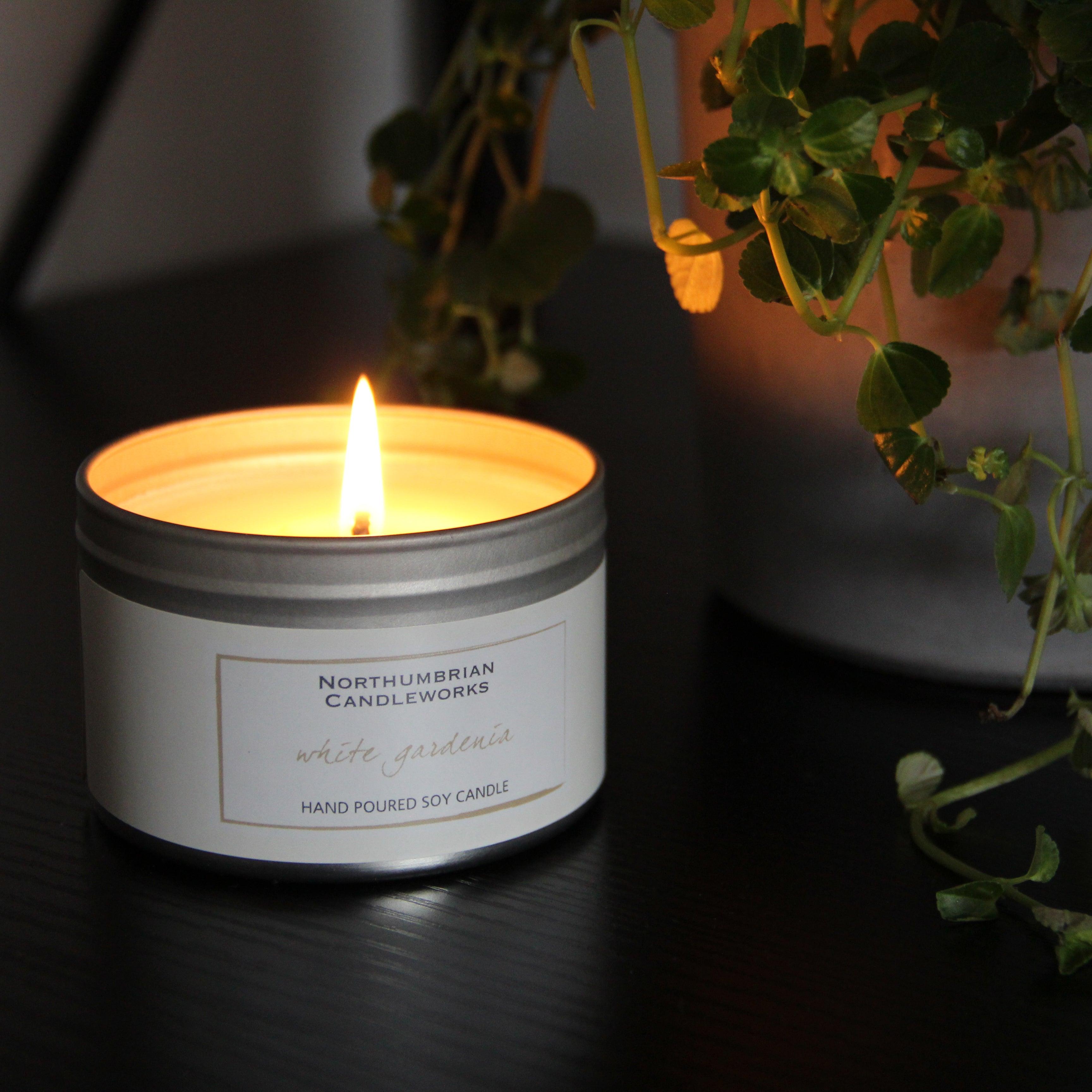Find out the Magic of Crystal Soy Candles and Home Fragrance
Wiki Article
From Wick to Wax: Comprehending the Chemistry Behind Soy Wax Candles and Their Environmental Impact
As we illuminate our spaces with the cozy radiance of candle lights, there lies a realm of detailed chemistry behind the seemingly easy act of lighting a soy wax candle. Join us as we unravel the clinical intricacies behind soy wax candle lights and discover their implications on our environment.Soy Wax Vs. Paraffin Wax
When comparing soy wax and paraffin wax for candle light production, it is necessary to recognize the distinctive characteristics and benefits of each material. Soy wax is a natural, renewable energy originated from soybean oil, making it eco-friendly and environmentally friendly - home fragrance. On the other hand, paraffin wax is a byproduct of oil refining, which increases worries regarding its ecological influence and sustainabilitySoy wax candles melt cleaner and send out less residue contrasted to paraffin wax candles, making them a much healthier option for indoor air high quality. Additionally, soy wax has a lower melting factor, permitting for a longer-lasting candle light that spreads scent better. Paraffin wax, on the other hand, tends to shed faster and less easily, possibly releasing unsafe chemicals right into the air.
From a sustainability viewpoint, soy wax is preferred for its biodegradability and eco-friendly sourcing, aligning with the growing customer preference for environmentally mindful products. While paraffin wax has actually been a typical selection in candle light making because of its cost and convenience of usage, the change towards environment-friendly alternatives like soy wax is gaining momentum in the sector.
Chemical Structure of Soy Wax

Burning Process in Soy Candles
The chemical composition of soy wax directly influences the burning process in soy candles, impacting aspects such as melt time, aroma launch, and environmental impact. When a soy candle light is lit, the warm from the fire thaws the wax near the wick. This fluid wax is then created the wick because of capillary action. As the liquid wax gets to the fire, it undergoes and evaporates combustion. The combustion process involves the vaporized hydrocarbons in the wax reacting with oxygen airborne to create warm, light, water vapor, and carbon check out this site dioxide.
The burning effectiveness of soy candle lights is affected by the purity of the soy wax and the quality of the wick. A clean-burning soy candle light with a correctly sized wick will decrease and create a stable fire soot formation. This not just prolongs the melt time of the candle light but also enhances the release of scents. Furthermore, soy wax candle lights have a reduced environmental impact compared to paraffin candles due to their eco-friendly and naturally degradable nature.

Ecological Benefits of Soy Wax

Thought about a sustainable choice to standard paraffin wax, soy wax uses remarkable ecological advantages that make it a popular selection amongst eco-conscious customers. One considerable advantage of soy wax is its sustainable sourcing. Soy wax is originated from soybean oil, which is mostly grown in the USA. The growing of soybeans assists support local farmers and reduces the reliance on non-renewable nonrenewable fuel sources used in paraffin wax production. In addition, soy wax is eco-friendly, implying it breaks down normally without releasing unsafe toxins into the environment. This particular makes soy wax candles a more ecologically friendly option contrasted to paraffin wax candle lights, which are made from petroleum, a non-renewable resource. Soy wax burns cleaner and generates less soot than paraffin wax, adding to better interior air high read this quality and decreasing the demand for cleansing and upkeep. On the whole, the environmental advantages of soy wax line up with the expanding need for environment-friendly and sustainable items in the marketplace.
Recycling and Disposal Considerations
Reusing and proper disposal of soy wax candle lights play an important function in preserving ecological sustainability and reducing waste in households and communities. When it comes to recycling soy wax candle lights, the first step is to make sure that additional resources the candle light has actually shed completely.
In terms of disposal, if recycling is not a choice, soy wax candles are biodegradable and can be safely thrown away in many home waste systems. Nevertheless, it is always recommended to get in touch with neighborhood reusing centers or waste administration services for specific guidelines on candle disposal to ensure correct handling and environmental management.
Verdict
In final thought, the chemistry behind soy wax candle lights exposes their ecological advantages over paraffin wax candle lights. Soy wax, derived from soybean oil, burns cleaner and produces much less residue when compared to paraffin wax.When comparing soy wax and paraffin wax for candle light making, it is important to comprehend the distinctive attributes and advantages of each material (home fragrance).Soy wax candle lights burn cleaner and release less soot contrasted to paraffin wax candle lights, making them a much healthier choice for interior air top quality.Considered a lasting choice to traditional paraffin wax, soy wax uses notable environmental advantages that make it a preferred choice amongst eco-conscious customers. Soy wax burns cleaner and produces less soot than paraffin wax, contributing to better interior air top quality and decreasing the requirement for cleansing and upkeep.In final thought, the chemistry behind soy wax candle lights discloses their ecological benefits over paraffin wax candle lights
Report this wiki page